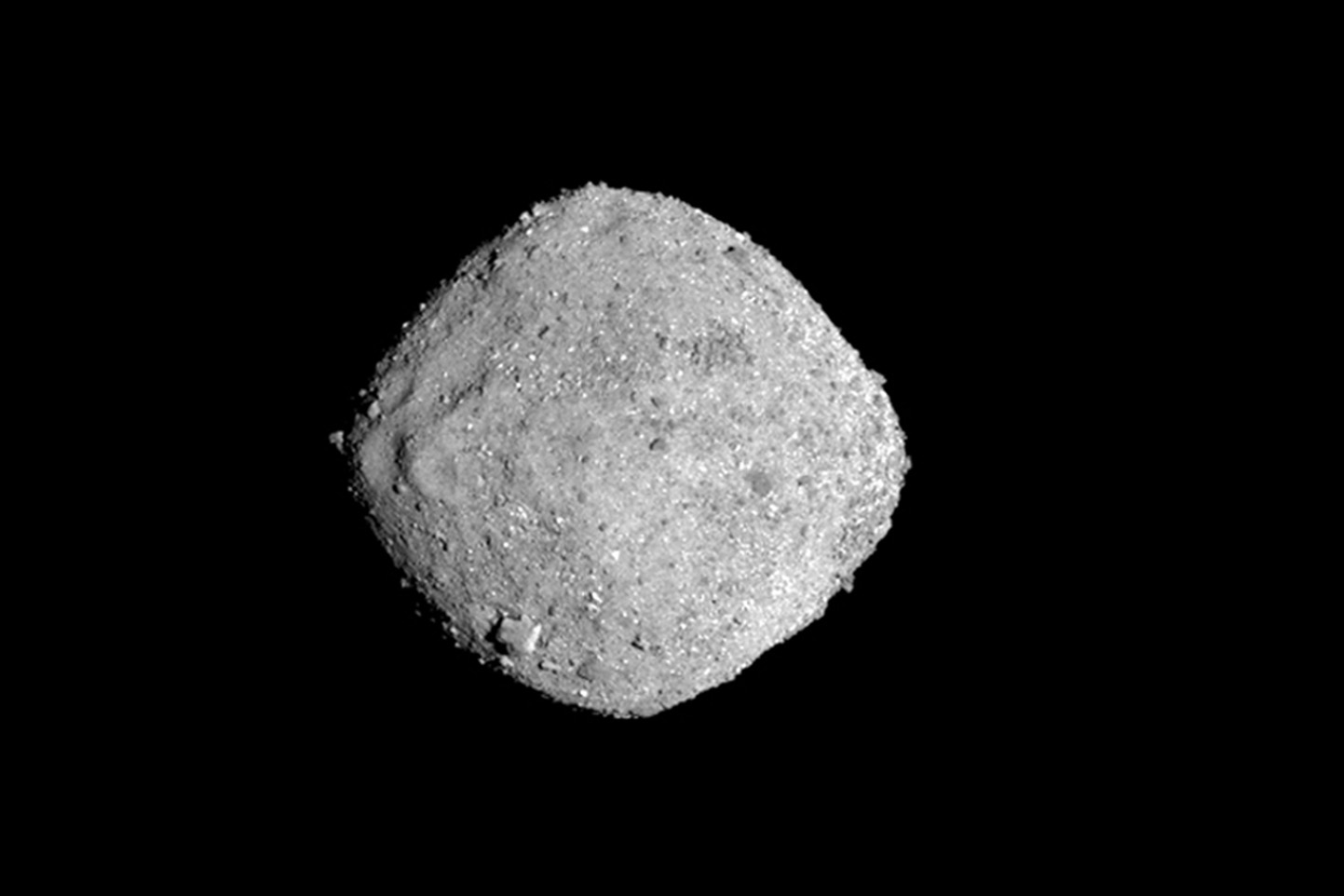Asteroid size of Empire State Building to pass Earth Saturday night
The asteroid poses no threat to anyone on Earth, according to NASA.
After an asteroid safely flew past Earth on Friday, another that's possibly larger than the Empire State building is expected to pass by Saturday night.
2000 QW7, the skyscraper-sized asteroid, should whiz past Early at 7:54 p.m. EST. NASA estimates the object to be 950 feet to 2,100 feet in size. For comparison, the Burj Khalifa building in Dubai is 2,717 feet tall, the Shanghai Tower is 2,073 feet tall and the Empire State Building stretches 1,454 feet into the the Manhattan skyline.
Friday's asteroid, about 400 feet to 850 feet in size, safely passed Earth at 11:42 p.m. EST.
"These asteroids have been well observed — one since 2000 and the other since 2010 — and their orbits are very well known," Lindley Johnson, planetary defense officer and program executive for the Planetary Defense Coordination Office at NASA, said in a statement. "Both of these asteroids are passing at about 14 lunar distances from the Earth, or about 3.5 million miles away, but small asteroids pass by Earth this close all the time."
NASA's Near-Earth Object Observations Program is monitoring 2000 QW7, but it's not expected to pose any threat to the planet.

"Large asteroids pass by Earth several times a year and only pose a threat if they are actually expected to make direct contact with our planet," Johnson previously told ABC News.
"We have objects, asteroids of this size, that pass within 5 million miles of the earth six, seven times out of the year," Johnson told ABC News in August, as 2006 QQ23 came within 5 million miles.
NASA said it's tracking more than 20,000 near-Earth objects -- a figure likely to grow. An average of 30 new objects are identified by NASA each week.
Earlier this week, new research showed that the asteroid that wiped out the dinosaurs was as powerful as 10 billion atomic bombs.




